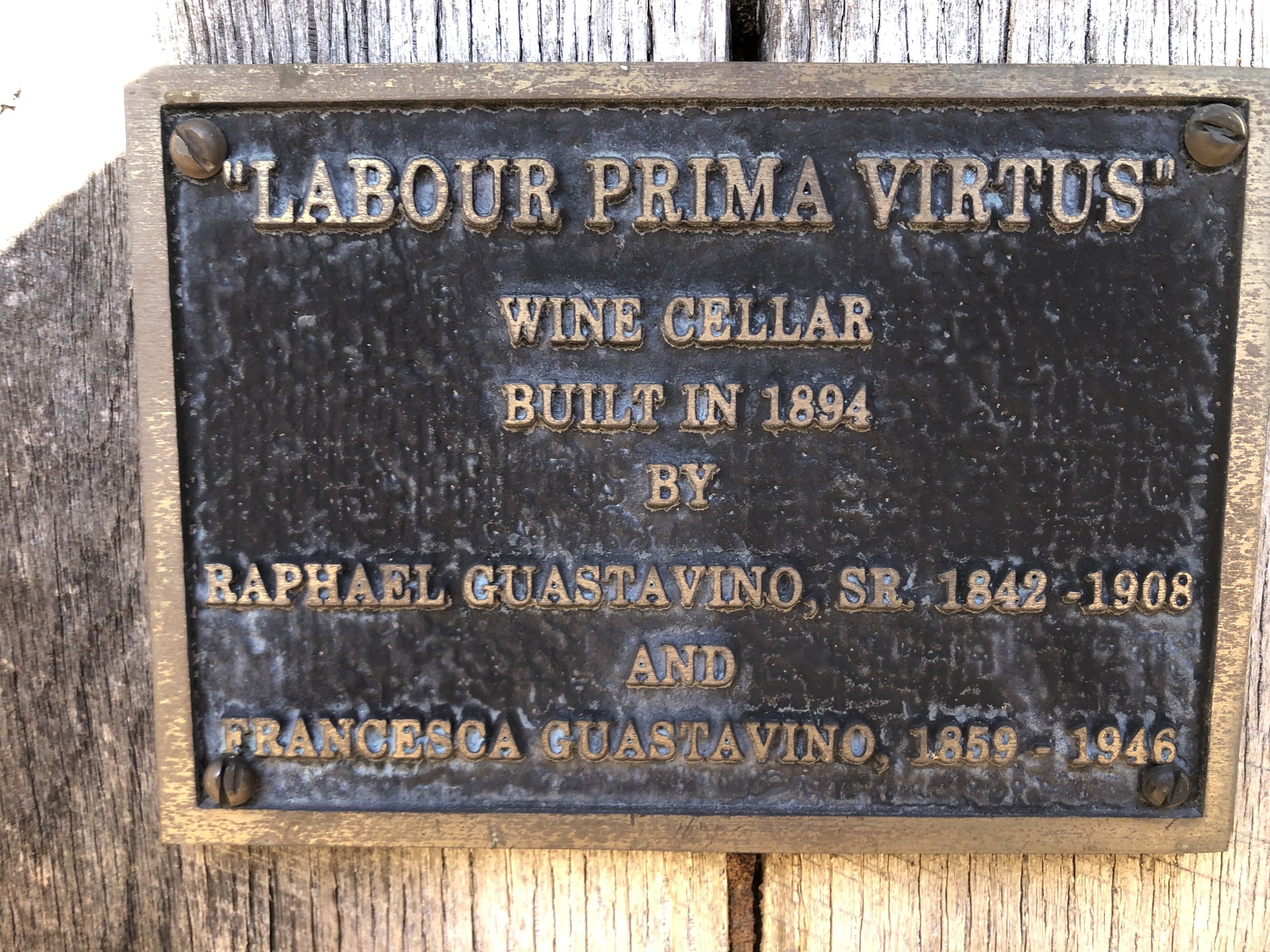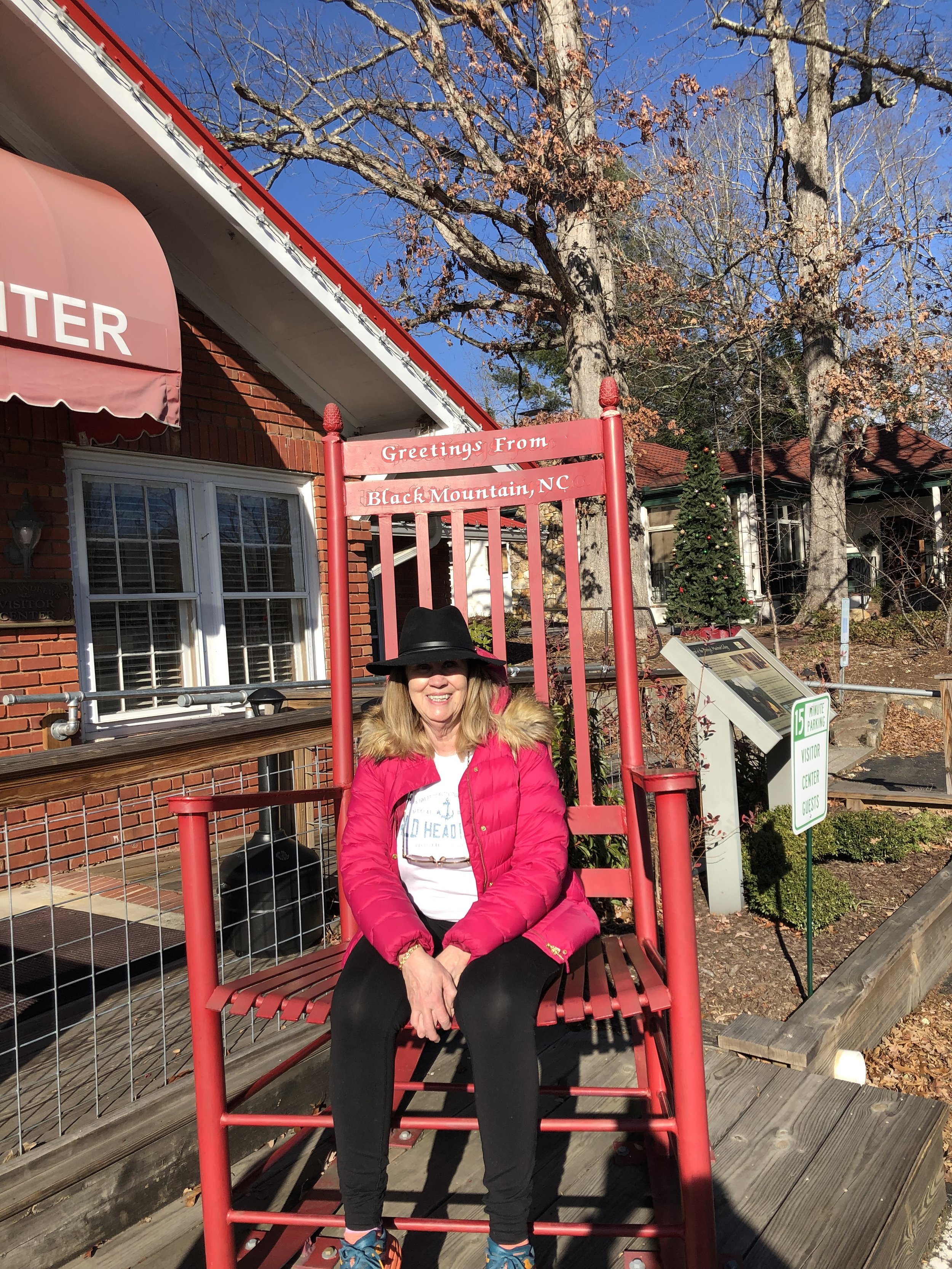Rhododendron
Black Mountain is a small town some 16 miles east of Asheville. Even though it has a greater population than nearby Montreat (8,426 vs. 723), it is not as well known. Montreat has a popular conference center that stays fairly busy, and its most famous resident was the Reverend Billy Graham. Black Mountain has its share of famous people, depending on how you define the word “famous”. Roberta Flack was born there but grew up elsewhere. Artimus Pyle, drummer for Lynyrd Skynyrd, lived there for a while. I had never heard of the other five musicians. The town’s Wikipedia page notes that three authors are associated with the village: I had never heard of any of them. I recognized the names of the four famous Black Mountain athletes, the major one (in my estimation) being Roy Williams, who took over the UNC basketball coaching reins when Dean Smith retired. I did recognize the name of the one actor (Matt Lutz) but drew a blank on the two religious figures and the two politicians/diplomats.
The Wikipedia article listed one other category: Architecture. That category had only one entry, Rafael Guastavino. He is the subject of this discourse.
Most of the material that follows is taken from the website of the Guastavino Alliance and a September 30, 2023 article in the Asheville Citizen-Times that was reprinted in a Newsbreak article. I am grateful to all three sources.
The basics are as follows. Guastavino was born (1842) in Valencia, Spain, and studied architecture in Barcelona. At age 17 he impregnated his 16-year-old cousin (she was adopted, thus not a blood relative), and married her. He eventually had three sons by her. He achieved the title of “master builder” and executed several high-profile commissions, which secured his status in Spain.
Unfortunately, he had a roving eye (and hands, and other things) and had an affair with his sons’ nanny, Paulina. His wife Pilar took the sons and moved to Argentina, in part to be away from her Casanova husband (Paulina was not his first affair), and in part to help her sons avoid the Spanish draft. By this time Paulina had delivered Guastavino’s fourth son, Rafael Guastavino Jr. She moved in with Guastavino Sr. with the title of “housekeeper.”
The new world beckoned, and Guastavino, Paulina, and Junior moved to New York. Here commissions were hard to find for a newcomer, so he worked with fireproof tiles, founding the Guastavino Fire Proof Construction Company. He was an inventor and held two dozen patents on tile manufacturing and construction innovations. One of his key inventions was a self-supporting arch or vault consisting of terracotta tiles and mortar. The Boston Public Library was interested in the fireproof aspect of his work (books and paper are flammable), and as a result, he landed a commission for the Boston Public Library, which enhanced his reputation in America and was the real start of his career in the United States. He eventually had projects all over the East Coast. The Dakota apartments, home of John Lennon, had Guastavino as the contractor responsible for the fireproof tiling in the building. Architects have identified some 400 structures he worked on in New York City alone.
Unfortunately, during the construction of the Boston Public Library, while commuting between Boston and New York City, he met Francesca Ramirez, 18 years his junior, fell in love, and had her move in with him and Guastavino Junior, posing as his daughter. What became of Paulina, I do not know. At any rate, the charade – Francesca as daughter – was difficult to maintain. A change of scenery was in order.
At this time George Vanderbilt commissioned Guastavino to do the tile work at the Biltmore House in Asheville. Guastavino was quite pleased. He purchased a tract of somewhere between 500 and 1,000 acres just outside Black Mountain, and built a house that the locals referred to as the Spanish Castle on the estate Guastavino named “Rhododendron”. He also built a tile plant, complete with kiln. And Francesca was no longer posing as his daughter, but as his fiancee.
Interestingly enough, because Guastavino was in a hurry and was a bit pressed for cash, he built the Spanish Castle out of wood. The master of fireproof tile construction built a house that burned down in the 1940s.
Guastavino considered himself a good Catholic, so marriage to Francesca was out of the question unless he could determine that Pilar was dead. He placed a few ads in Argentinian newspapers requesting information on her whereabouts. Hearing no response, he declared her dead and married Francesca in 1894. The 1895 Argentinian census listed a 56-year-old Pilar Guastavino, a woman who had been married for 36 years. The numbers don’t quite add up, but it is entirely possible that this was Guastavino’s first wife. Oh, well.
By 1903 Guastavino was semi-retired. He devoted himself to one last project, the construction of the church of St. Lawrence, now the Basilica of St. Lawrence. Guastavino thought that the Catholic population of Asheville, though probably less than 2% of the total population, deserved a proper church building. He had nearly completed the project when he died, in 1908. His son completed the project. Guastavino is buried inside the church in a vault designed and constructed by his son. Francesca never remarried and wore black until her death in 1946.
The property is now owned by the Christmount Assembly and is the conference center for the Disciples of Christ. Admission is free, though they do accept donations, and the walking tour is self-guided. The house is gone, of course, but the stone foundation still exists, as do bits of the kiln and the chimney.
The wine cellar was the only part of the house that survived the fire. There must be a moral or a sign in that, but I can’t quite divine it.
Original Guastavino brick
The stone foundation of the house
Another view of the stone foundation
Wine cellar plaque
Entrance to wine cellar
“National Register of Historic Places” plaque, and my two co-conspirators
Chimney and remains of kiln
Black Mountain rocks!








